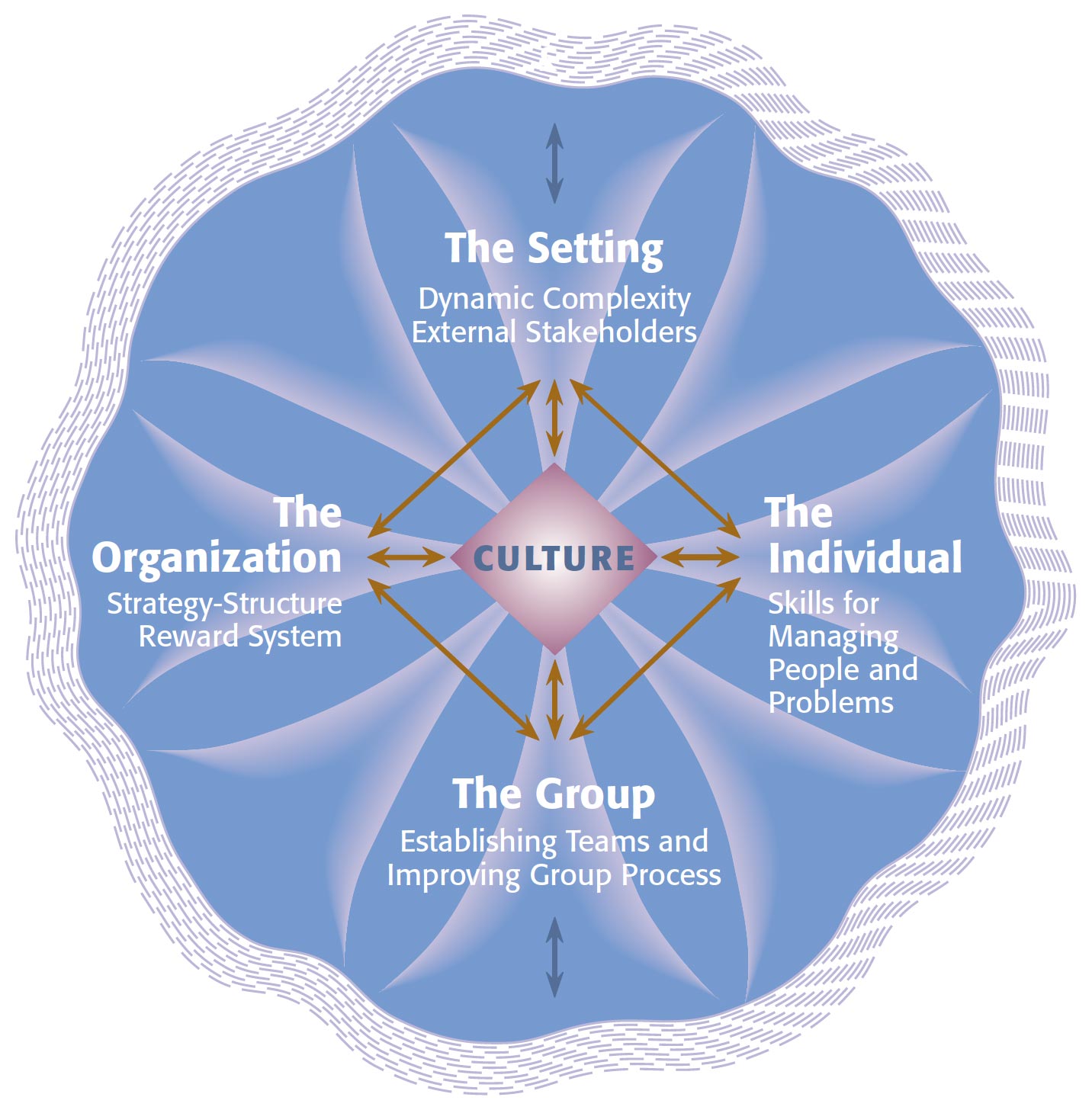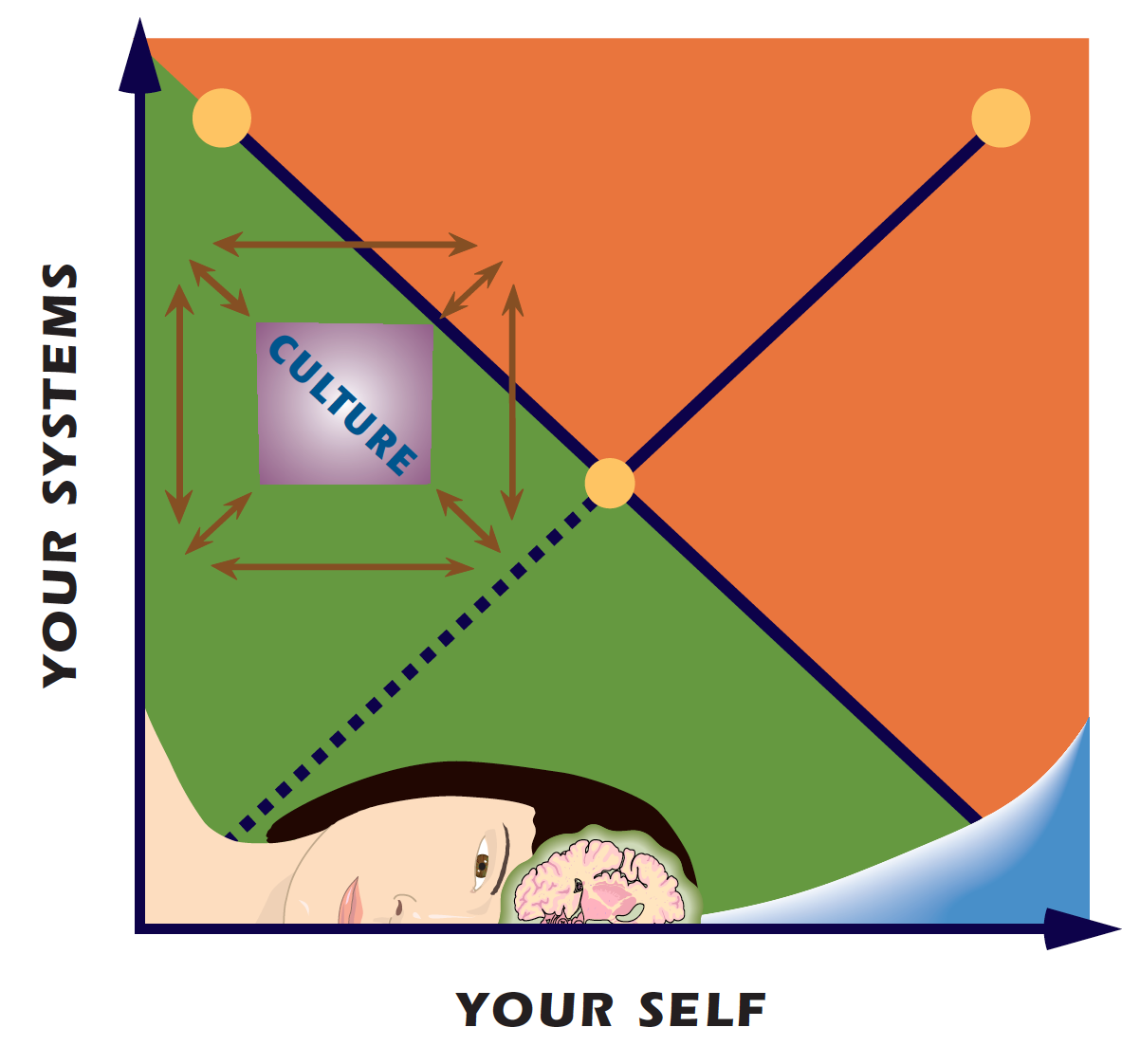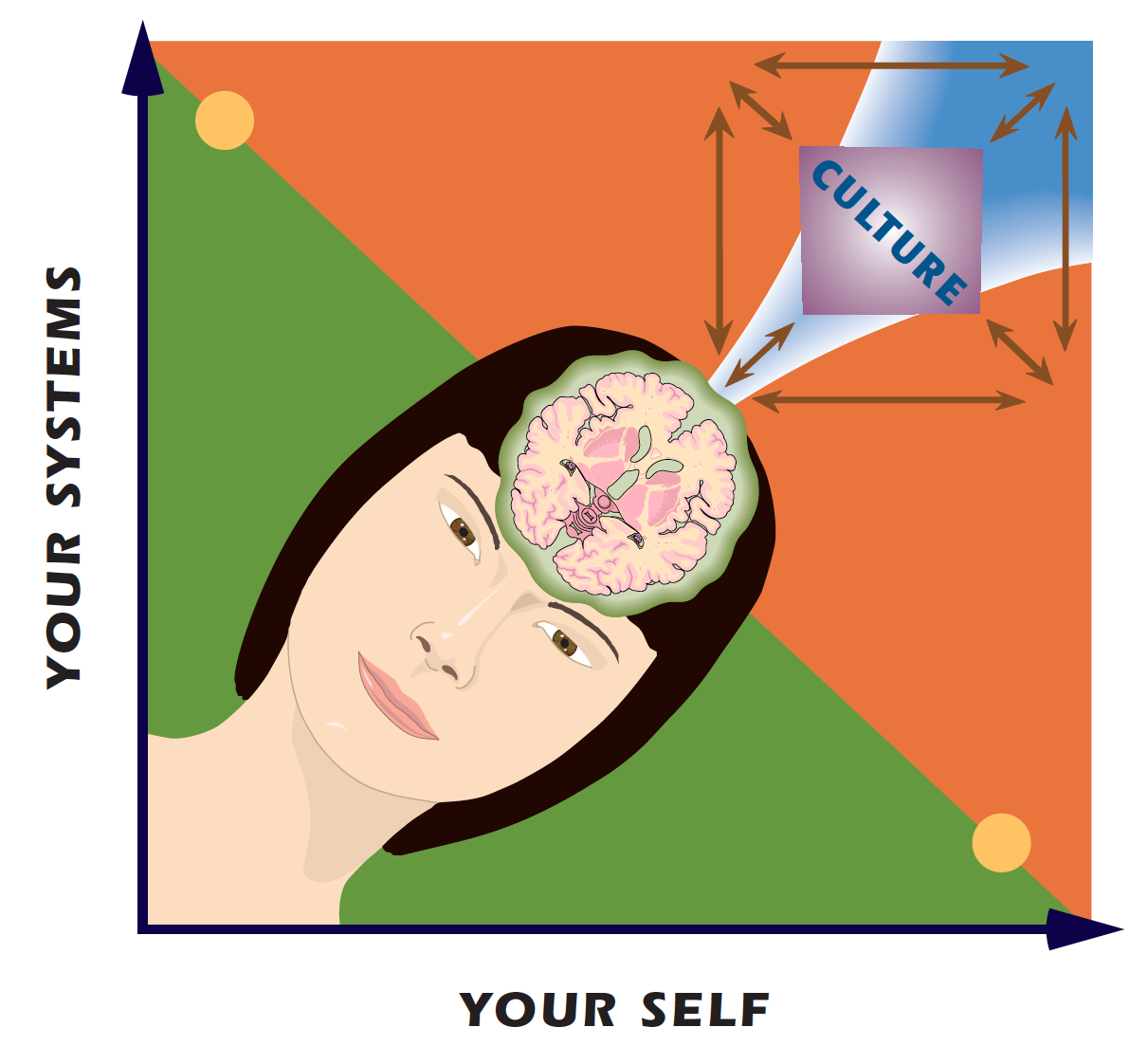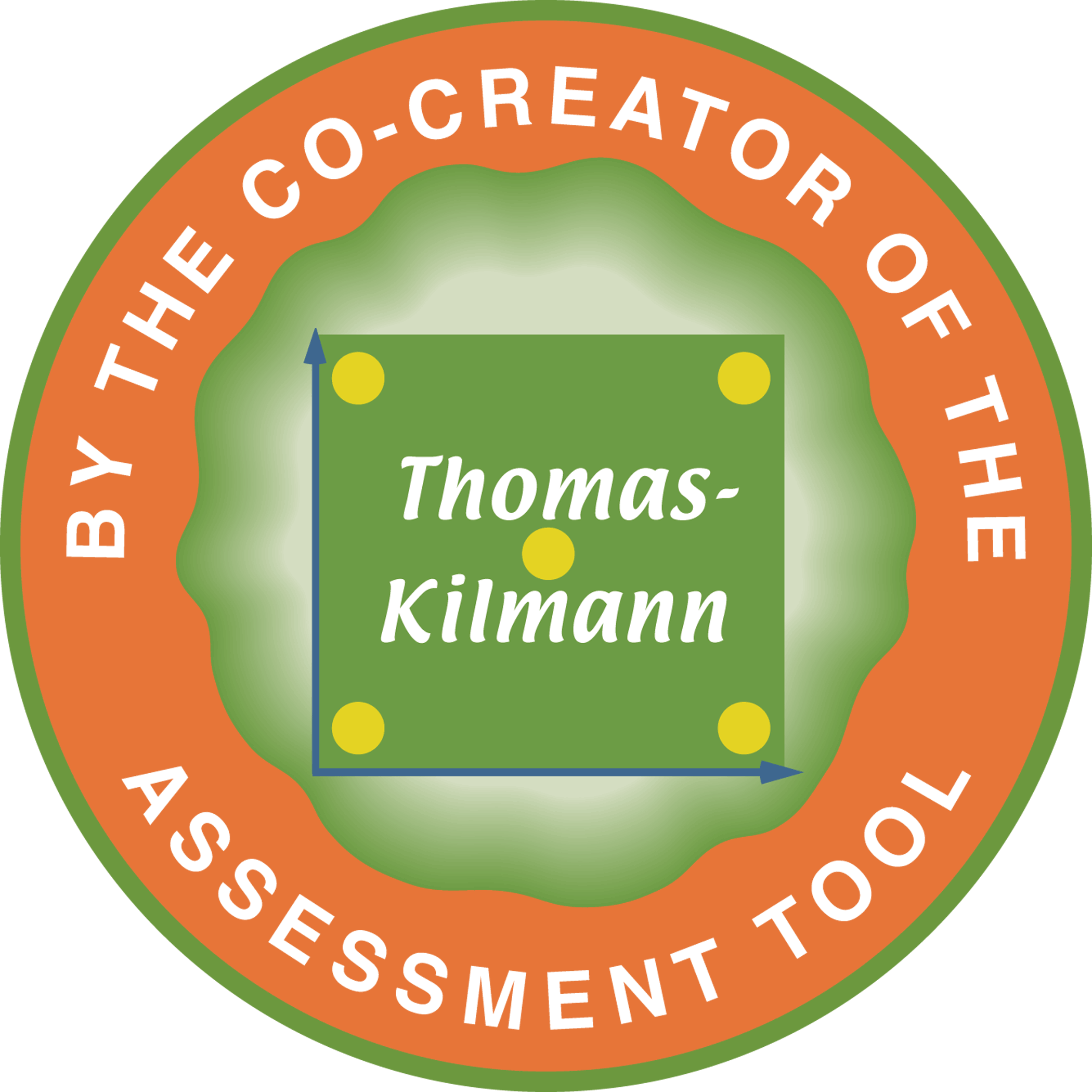17 Jul Are You Separate… from Your Surroundings?
Ralph H. Kilmann, co-author of the Thomas-Kilmann Instrument (TKI)
In previous blogs, I’ve examined such inner reflections as who determines your self-worth (you or others) and how you resolve the conflict between your ego and your soul. Using one or more of the five conflict modes, each of us develops some answers to these questions—or we avoid the topic altogether and thus let the “answers” be driven by our conditioned habits and unconscious cultural expectations.

In other blogs, I’ve suggested that at least 80% of what goes on in an organization is determined by its systems, while only 20% is determined by people’s preferences, talents, and skills. By systems, I mean the cultures, strategies, structures, reward systems, procedures, roles, and work process that guide organizational behavior and results.

With this background, I would like to address the observation that we typically define our sense of self as being separate from our surrounding systems. So I ponder: What are the consequences of keeping our sense of self (some integration of ego, soul, and self-worth) separate from our surrounding systems? In sharp contrast, what would life be like if we developed a radically different solution, whereby our sense of self explicitly INCLUDES all our surrounding systems?
Naturally, we can avoid the whole topic and continue living the premise that our systems are out there somewhere (outside of our skin-encapsulated self). If we engage in a discussion (either an inner dialogue and/or with other people), however, we can then begin the debate on (a) if our surrounding systems should be kept on the outside or (b) if our surrounding systems must be fully incorporated into our definition of selfhood.
With this either/or perspective, of course, we are moving up and down the distributive dimension on the TKI Conflict Model. As such, we can pick one extreme view over the other (by using either the competing mode or the accommodating mode). Or we can develop a compromise solution somewhere in the middle of the distributive dimension, by suggesting when it is useful to consider our systems separate from ourselves and when it is best to incorporate them (only while we are at work, for example). Any derived solution on the distributive dimension, however, will only partially satisfy the challenges of living as a separate self OR an embedded self.

If a particular set of situational attributes can be developed for this dialogue (including moderate or low stress, high levels of trust, ample time to thoroughly examine these issues, etc., while recognizing that this subject IS complex and does not have to be viewed exclusively in either/or terms), it is then possible to move up the integrative dimension and, thereby, attempt to develop a creative synthesis that incorporates BOTH sides of the debate. Such a collaborative solution (among all the fragmented pieces that are inside AND outside of our skin-encapsulated self) would offer the possibility of merging systems and self into one whole human being.

I’m not exactly sure what such a synthesis would be like for any person. But I surmise that such a collaborative solution is more likely to generate the self-responsibility to work with others to successfully self-design and self-manage our complex organizations—including our families, communities, organizations, institutions, and nations. Otherwise, I’m concerned that most people are waiting for others (out there somewhere) to finally take responsibility for improving and transforming the systems that underlie our most challenging societal ills (especially those escalating conflicts and problems that seem so intractable). Stated differently, if most people define their inner essence as separate from their outer systems, who’s taking care of our organizations and the global society?
Kilmann Diagnostics offers a series of eleven recorded online courses and nine assessment tools on the four timeless topics: conflict management, change management, consciousness, and transformation. By taking these courses and passing the Final Exams, you can earn your Certification in Conflict and Change Management with the Thomas-Kilmann Instrument (TKI). For the most up-to-date and comprehensive discussion of Dr. Kilmann’s theories and methods, see his 2021 Legacy Book: Creating a Quantum Organization: The Whys & Hows of Implementing Eight Tracks for Long-term success.





